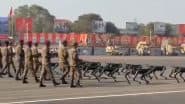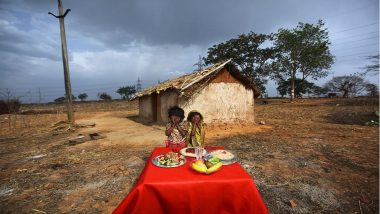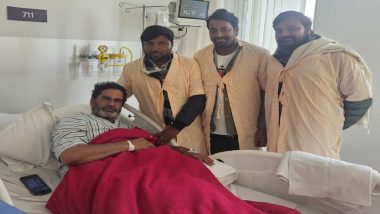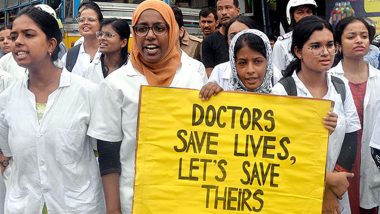Italian photographer Alessio Mamo has used a shocking method to highlight poverty and hunger in India. He had Indian villagers who seem visibly malnourished, pose next to tables laden with ‘fake’ food.
These pictures by Italian photographer Alessio Mamo taken in 2011, show children covering their eyes next to fake meals of spaghetti, oven-baked chicken and perfect-looking fruits. Mamo's photos have gone viral after the World Press Photo Foundation shared them on its Instagram account. However, the photographer has also suffered a huge backlash online with many referring to his photographs as ‘poverty porn.’
"The only goal ... was to let western people think, in a provocative way, about the waste of food," said Mamo, who took the photos in 2011 in Uttar Pradesh and Madhya Pradesh.
"Maybe I did it in the wrong way, but I worked honestly and respectfully with all the people involved. I only had the intention to let people think," his statement said.
At least 194 million Indians go hungry daily, says the United Nations' Food and Agriculture Organization, while India ranked near the bottom of the 2017 Global Hunger Index, at 100 of 119 countries.
“This is poor journalism and even poorer humanity,” Hari Adivarekar, an Indian photojournalist, wrote in a comment. “Too many have come and done this kind of shameful work in India and their rewards just open the door for many others to think it’s ok. It isn’t. It’s just inexcusable.”
In response to the criticism, Mamo replied to one commentor with the following, “My intention was exactly to represent in a stereotyped way these Indian landscape (sic) in order to reinforce the concept. This was the idea behind, maybe I did it wrong, or maybe just you don’t like or you think it’s unethical, but the concept was to problematize food waste in front of the hunger in this area of the world.”
However Mamo’s disturbing use of real people, including children, like props in his photo series has raised questions about the ethics of this kind of photojournalism.
Nina Berman, an American documentary photographer and associate professor of journalism at Columbia University, suggested that the controversy should make World Press Photo reconsider how it organises its Instagram feed so viewers don’t confuse series like this one with the hard work of real photojournalism. “This isn’t photojournalism or any kind of journalism,” she said.
In a statement, World Press Photo described itself as a platform for photographers to share their work, and said it did not limit their choices beyond offering a few general guidelines.
(The above story first appeared on LatestLY on Jul 25, 2018 04:33 PM IST. For more news and updates on politics, world, sports, entertainment and lifestyle, log on to our website latestly.com).













 Quickly
Quickly




















